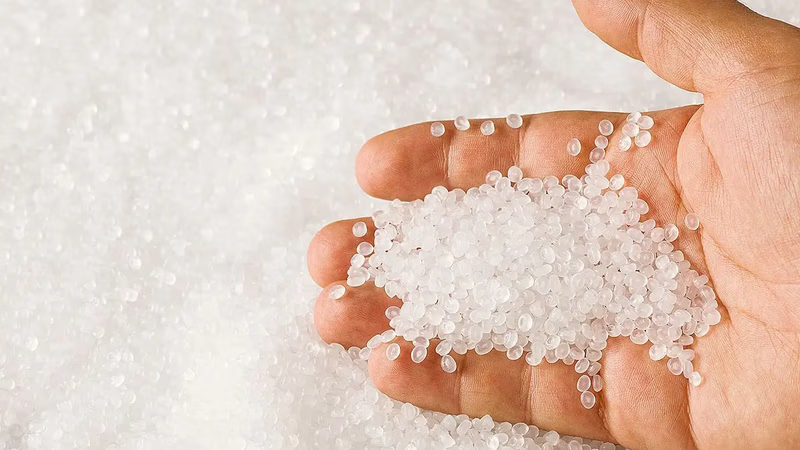
Polypropylene: A key material in packaging and automotive sectors.
Polypropylene is a thermoplastic polymer that is widely used in various industries for its versatile properties. It is a type of plastic that is derived from the monomer propylene. Polypropylene is known for its high strength-to-weight ratio, excellent chemical resistance, and good thermal stability. Polypropylene is a lightweight material, making it suitable for applications where weight reduction is important, such as automotive parts, packaging, and textiles. It exhibits a high resistance to many chemicals, including acids, alkalis, and solvents. This property makes it suitable for containers, pipes, and other products that come into contact with aggressive substances.
Polypropylene is extensively used in packaging materials such as bottles, containers, and films. It offers excellent clarity, good impact resistance, and the ability to be molded into various shapes. Polypropylene fibers are used in the textile industry to produce non-woven fabrics, ropes, carpets, and geotextiles. It provides good abrasion resistance, moisture-wicking properties, and is often used in applications requiring durability. Polypropylene is used in the automotive sector for manufacturing various parts, including bumpers, interior trim, door panels, and battery cases. Its lightweight nature and impact resistance make it desirable for these applications.
According to the plastics industry report, polypropylene is one of the most widely used and basic polymers used in the world and the largest consumer of propylene is plastic industry. The name of this product is polypropylene (PP) and its chemical formula is -CH2-CH (CH3) n-. Polypropylene The polymerization of propylene is performed at relatively mild temperatures and pressures in the presence of the famous Ziegler-Nata catalyst. The presence of this catalyst forms an isotactic polymer that is able to crystallize up to about 90%.
Polypropylene is a thermoplastic polymer that is used in a wide range of applications including film and sheet, blow molding, injection molding, food packaging, textiles, laboratory and medical equipment, pipes, industrial and construction applications, and automotive components. In addition, polymers made from propylene monomer are typically resistant to chemical solvents, bases, and acids. Which is characteristic of this polymer.
The propylene molecule has an asymmetric chemical structure, so its polymerization process can lead to three types of sequences in the resulting polymer structure. Due to the effects of spatial inhibition of methyl groups, the tail-to-tail sequence has a higher structural order than other types. Commercialized Ipp has a variety of properties that have led to its widespread use, especially in the plastics and fiber industry. One of the most important properties of this material compared to polymers such as polyamides is the lack of moisture absorption in it, which has made it a suitable option for many applications. The properties of this material can be improved by making some subsequent modifications.
The most important improvements that are currently being made are the control of the degradation process, networking, operationalization, and branching. The structure of the polypropylene molecule is linear due to the nature of Ziegler-Nata catalysts, which leads to low melt strength. Low melt strength limits the use of this polymer in processes such as blow molding and thermoforming.
Polypropylene has a relatively high melting point, allowing it to withstand elevated temperatures. It retains its shape and mechanical properties under normal working conditions, making it suitable for applications that involve heat, such as automotive components and electrical appliances. Polypropylene has good electrical insulation properties, making it suitable for use in capacitors, electrical connectors, and other electronic components. It has low water absorption, which helps to maintain its mechanical strength and dimensional stability in moist environments. This feature makes it useful for outdoor applications and products exposed to water.
-

Polypropylene is a versatile thermoplastic polymer derived from propylene, known for its high strength-to-weight ratio, chemical resistance, and thermal stability. It is widely utilized across various industries, including automotive, packaging, and textiles. Its lightweight nature makes it ideal for applications requiring weight reduction, such as automotive parts and packaging materials. Polypropylene"s excellent clarity and impact resistance allow it to be molded into diverse shapes for containers and films. In textiles, polypropylene fibers are used to create durable non-woven fabrics and carpets due to their abrasion resistance and moisture-wicking properties. The polymerization process of propylene involves the Ziegler-Natta catalyst, resulting in an isotactic polymer with high crystallization potential. Polypropylene"s resistance to solvents, bases, and acids enhances its suitability for containers and pipes in aggressive environments. Its low moisture absorption compared to other polymers makes it advantageous for various applications.
Despite its low melt strength limiting some processing methods like blow molding, polypropylene"s high melting point ensures it retains shape under heat exposure. Additionally, its electrical insulation properties make it valuable in electronic components. "
-
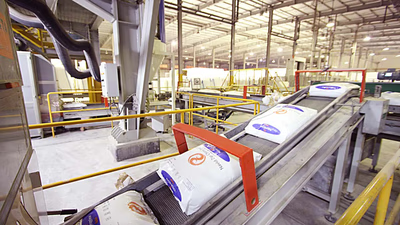
The Middle East is a leading producer of propylene, essential for polypropylene manufacturing, due to its abundant natural gas and petroleum resources. The region"s strategic location facilitates access to major markets in Asia and Europe, enhancing export logistics. Advanced catalysts and technologies have improved production efficiency, allowing for cost-effective polypropylene output. Countries like Saudi Arabia, Qatar, Oman, the UAE, and Iran are key players in this sector, with companies such as Saudi Aramco and Borouge leading production efforts. The growing demand for polypropylene driven by urbanization and industrialization in nearby regions like China and India further boosts capacity expansions in the Middle East. As these nations diversify their economies away from oil dependency, the petrochemical industry becomes increasingly vital. Investments in integrated petrochemical complexes enhance productivity and competitiveness while fostering a business-friendly environment through incentives for domestic and international investors. This strategic focus on petrochemicals positions the Middle East as a significant player in the global polypropylene market. "
-
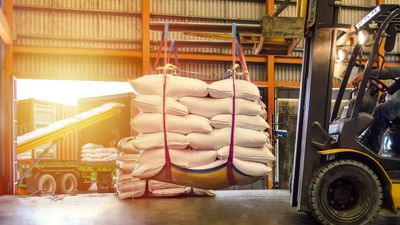
Karl Ziegler"s discovery of the Ziegler-Natta catalyst in 1951 revolutionized the production of polypropylene, enabling its commercial use by 1957. This polymer is known for its excellent mechanical properties, chemical resistance, and thermal stability, making it suitable for diverse applications such as packaging, textiles, and automotive components. The versatility of polypropylene has led to advancements in production technologies and the development of various grades tailored for specific industry needs. Recent trends emphasize recycling and sustainability, with innovations aimed at reprocessing post-consumer waste and creating bio-based alternatives. The global polypropylene market is projected to grow significantly, with a compound annual growth rate (CAGR) of 5. 78% from 2024 to 2029. The Asia-Pacific region is expected to lead in consumption due to high demand from countries like China and India. As industries continue to seek sustainable solutions, the focus on enhancing polypropylene"s properties through nanomaterials and advanced catalysts will likely shape its future applications.
-
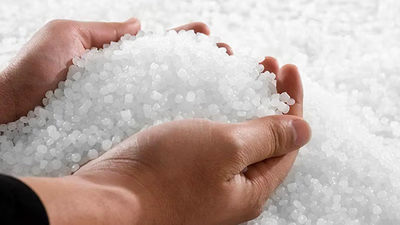
Middle Eastern countries, notably Saudi Arabia, Qatar, the UAE, and Oman, have heavily invested in petrochemical infrastructure, positioning themselves as leaders in global polypropylene production. The region"s abundant and low-cost feedstock from natural gas and crude oil supports large-scale petrochemical complexes. Global polypropylene capacity is projected to grow significantly from 97. 65 million tonnes per annum (mtpa) in 2022 to 159. 35 mtpa by 2027, with a notable number of new projects planned primarily in Asia and the Middle East. Despite regional market challenges such as oversupply in Northeast and Southeast Asia, Middle Eastern producers are expected to maintain production levels to capture market share. Companies like Borouge and SABIC are key players in the UAE and Saudi Arabia respectively, contributing significantly to the region"s output. Oman also plays a role through Orpic"s production facilities.
The competitive landscape includes pressures from European imports and potential supply gluts from China affecting global dynamics. As the Middle East anticipates an increase in polypropylene capacity at an average annual growth rate of 9. 5%, it remains crucial for stakeholders to stay informed through industry reports for accurate insights into this evolving market. "
-
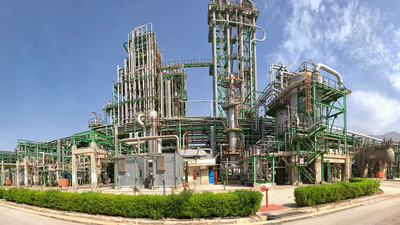
Polypropylene is produced in various grades, each tailored for specific applications based on molecular weight, mechanical properties, and processing methods. High molecular weight grades provide superior strength and toughness, while low molecular weight options enhance flow properties and ease of processing. Key grades include homopolymer PP, known for its high melting point and mechanical strength; random copolymer PP, which improves impact resistance; block copolymer PP, combining stiffness with enhanced clarity; and HMS-PP, designed for improved processability. Polypropylene can also be reinforced with fillers to boost its mechanical properties. Specialty grades are available for unique applications such as flame-retardant or UV-stabilized polypropylene. The choice of grade impacts cost-effectiveness without sacrificing performance, making polypropylene a versatile material across industries like automotive and packaging.
-
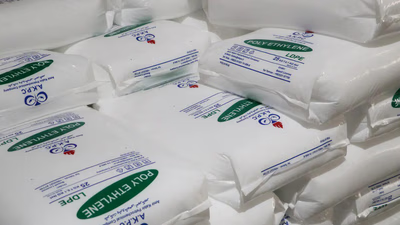
Polypropylene is a versatile polymer used across various industries due to its lightweight, durability, and chemical resistance. It can be molded into different forms such as fibers, films, and complex shapes through processes like injection molding and extrusion. Its high melting point and excellent electrical insulation properties make it suitable for automotive components, packaging materials, and electrical applications. In the automotive sector, polypropylene is utilized for bumpers, interior trim, and fuel systems due to its impact resistance and heat tolerance. The construction industry benefits from polypropylene"s chemical resistance in pipes, fittings, and insulation materials. Additionally, it finds applications in agriculture for greenhouse films and irrigation components. Polypropylene"s cost-effectiveness compared to other engineering plastics has led to its increased use in medical devices and furniture manufacturing. Its unique properties allow for the development of new grades that enhance performance across various applications.






